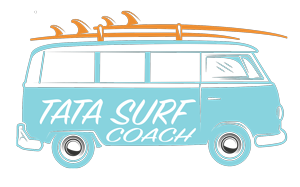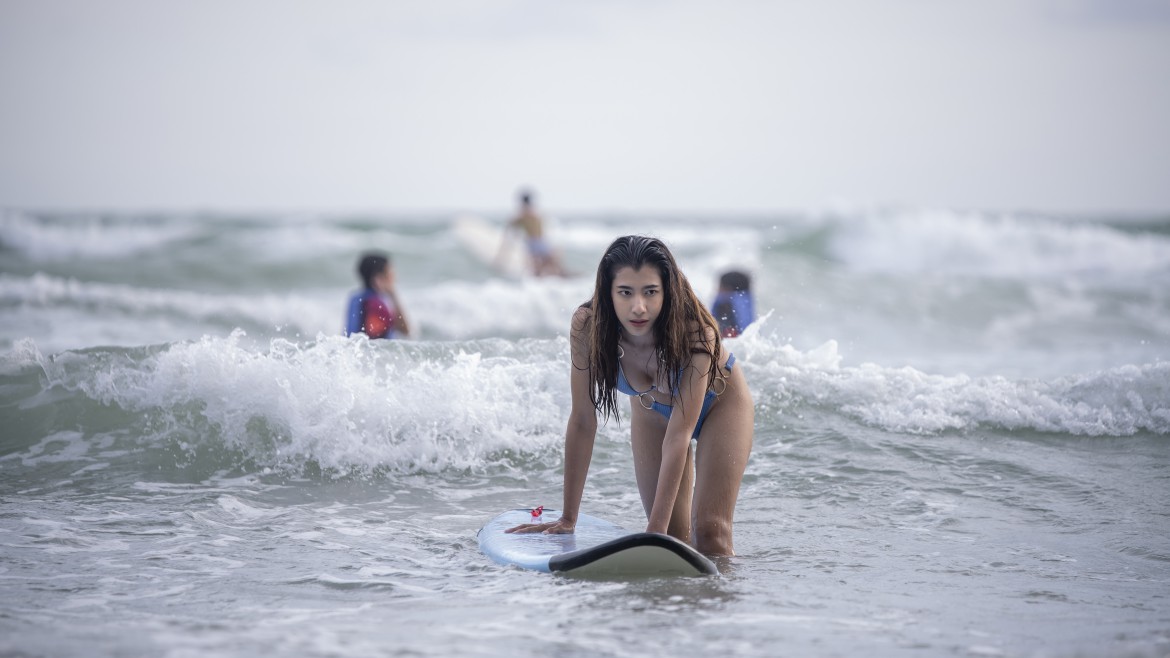Choosing the right surfboard when you’re learning to surf is crucial for your progression and enjoyment in the sport. Whether you’re a complete beginner or transitioning from foamies to harder boards, selecting the appropriate surfboard can significantly impact your learning curve and overall experience.
For beginners, it’s advisable to start with a long, soft-top foamboard, commonly referred to as a “foamie” or a “soft-top.” These boards offer stability and buoyancy, making it easier for novices to catch waves and maintain balance while standing up. The soft material reduces the likelihood of injuries caused by falls, providing a safer learning environment. Foamies typically come in various sizes, but a longer and wider board (around 8 to 9 feet in length) is ideal for beginners as it provides better stability and paddling ease.
As you progress and gain confidence in your abilities, you may consider transitioning to a hardboard. A good option for beginners transitioning from foamies is a funboard or a hybrid board. Funboards combine the stability of longboards with the maneuverability of shortboards, making them versatile and suitable for progressing surfers. They are typically shorter than traditional longboards, ranging from 7 to 8 feet in length, and feature a wider outline for enhanced stability.
When choosing a surfboard, consider factors such as your height, weight, fitness level, and the type of waves you’ll be surfing. A board that is too small or too advanced for your skill level can hinder your progress and lead to frustration. Conversely, a board that is too large may be difficult to maneuver and hinder your ability to progress to more advanced maneuvers.
It’s also essential to factor in the local surf conditions and the type of waves prevalent in your area. For smaller, slower waves, a board with more volume and width can help you catch waves more easily. On the other hand, if you’re surfing faster, more powerful waves, a narrower and more performance-oriented board may be suitable once you’ve developed your skills.
Ultimately, the right surfboard for learning is one that matches your skill level, size, and the conditions you’ll be surfing in. Investing time in research and seeking advice from experienced surfers or professionals at your local surf shop can help you make an informed decision and set you on the path to success in the exhilarating world of surfing.

